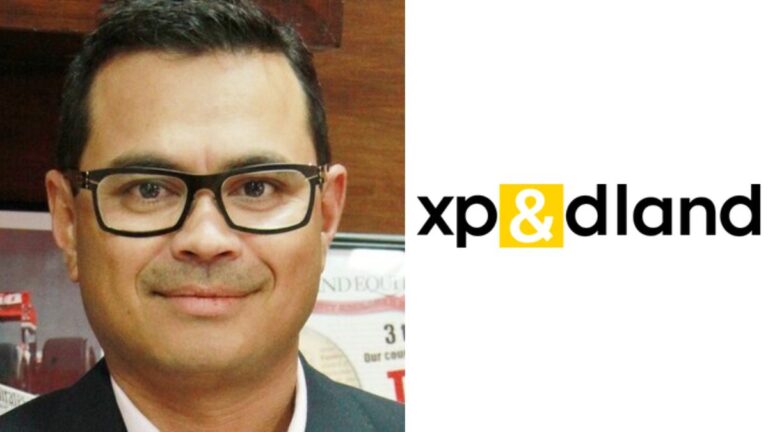
Source: news.google.com
By Sukrit Singh
For years, the experiential marketing industry has argued that the more we lean toward digital, the greater the need for the physical. Primarily, this is based on the kinds of experiences that we in the industry are capable of developing. They are up close, personalized, immersive and based on the concept of physical interactions with other people. The experiences are, in essence, meant to be experienced by everyone, to create a sense of surrealism that takes you away from the limitations of the real world and places you in a fantasy that truly captivates you.
Web3 marks one of the most transformative changes in recent history, generating incredible opportunities in the field of experiential marketing. The new spaces offer the freedom to create new communities of people online. While the industry is in its infancy, the community-centric ethos is rewriting the rules of engagement and interaction, creating a new frontier for online experiences that are truly transformative. The world of the metaverse is undoubtedly one of the most attractive that people can access, since it offers the possibility of interacting with purely imagined spaces. As a result, we open the door to a new way of “living” experiences.
The start of the Web3 space has been explosive, with the integration of new ways of interacting with each other and the development of new technologies that reinforce the way we interact with the Internet. Additionally, with the proliferation and widespread adoption of virtual reality, augmented reality, and mixed reality devices, technological advances have been a boon to the experiential industry, adding new layers of interactivity to anything that can be created. On the social side, the various platforms in the Metaverse are proving to fulfill new functions every day, with building community engagement at their core.
Speaking of which, the Metaverse and its various platforms present an incredible opportunity to create experiences, some of which we’ve already seen. Whether it’s concerts, meetings, conferences, games, or just spaces for people to come together and interact, the Web3 space has created a platform for experiences. Use of dedicated Web3 platforms like Spatial, Decentraland, and Sandbox or non-native Web3 Metaverse provided through game engines like Fortnite, Minecraft, and Roblox. These are all platforms that need to be explored, specialized, and further developed as needed. From an experiential marketing standpoint, this space gives us a unique opportunity to incorporate real life (IRL) into the URL.
Experiential agencies should be excited about this new sea change, albeit with a grain of salt. Our industry has the opportunity to create activations like never before! With physical restrictions removed, layers of abstraction that deviate from reality, endless amounts of space, and the opportunity to immerse each participant in the use of new technologies. Though it should also be noted that this new community is just that: a community, and if the agencies can’t find a way to blend with their culture and fit their ‘vibes’, we could be in for a significant setback. Although there is no definitive playbook for Web3 and how it works, aside from getting your feet wet and figuring it out the hard way, there will always be an advantage to being first on the boat.
So answering the question of whether “Web3 is the future of experience” is a wasted effort. Of course, each new development will have its challenges, but the promise it holds for everyone entering space is enormous and will lead to some of the most incredible experiences we’ve ever seen. And I for one am excited to see what the future of Web3 will entail.
The author is co-founder of XP&DLand.
Please read: Zomato to focus on building its Live product; complete 40-50% revenue goal so far
follow us TwitterInstagram, LinkedIn, Facebook
Read More at news.google.com